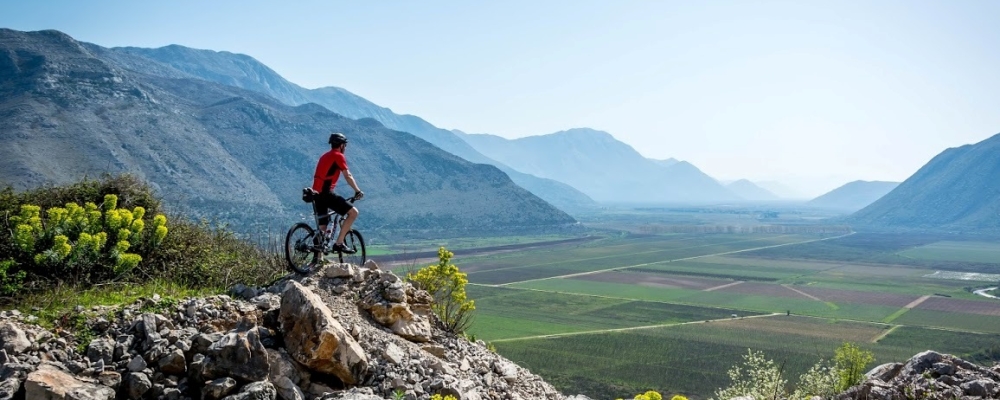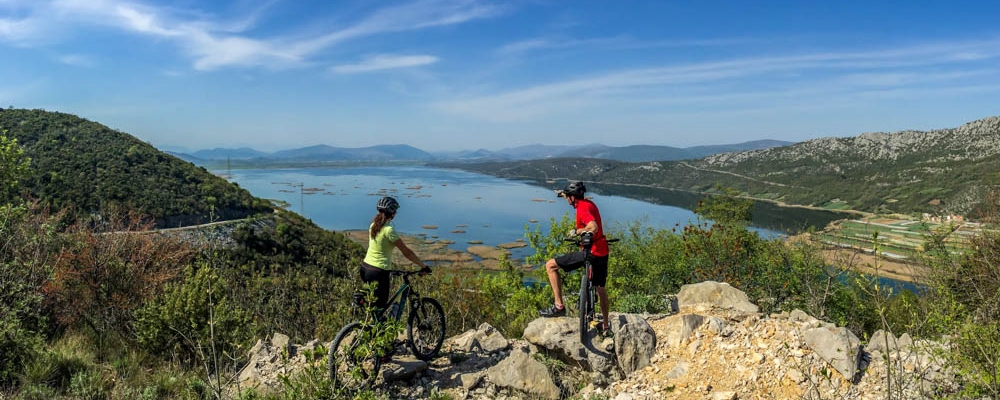The Austro-Hungarian monarchy, which ruled the territory of Bosnia and Herzegovina at the end of the 19th and the beginning of the 20th century, built a network of narrow-gauge railways (track width 0.76 m). The railways were built primarily as strategic military facilities and they connected the southern Adriatic ports with cities in the hinterland and with Central Europe.
The narrow-gauge railway served people, connecting countries, regions, peoples and cultures. For the peoples from these areas, they were lifelines, they enabled them to have a better life and all kinds of progress, and they left a trace of civilization in the places through which Ćiro drove, roared, beat, whistled and let off steam for decades.
The people also called the tracks štreki, and the trains pulled by steam locomotives were called gemišteri (mixed trains), šnelczug (fast trains) and personal (passenger trains). The nickname Ćiro was imposed before the very abolition of the narrow-gauge railways, but it remains recognizable among the people even today.
In recent times, the attention of travelers, excursionists, tourists and adventurers is increasingly attracted by the thin, winding thread that connects all these sights - Ciro Trail.
















